
num. 7-12 dicembre 2007
 |
page 076 |
page 078 |
 |
Libero Gatti
MALACOFAUNA DELLA POLINESIA FRANCESE
ARCIPELAGO DELLE ISOLE MARCHESI
MALACOFAUNA DELLA POLINESIA FRANCESE
ARCIPELAGO DELLE ISOLE MARCHESI
|
Riassunto. Questa prima parte del lavoro contribuisce alla conoscenza malacologica della Polinesia francese. Si presenta la prima parte con i risultati di uno studio su conchiglie raccolte in Polinesia francese, arcipelago delle Marchesi. I risultati sono interessanti: da “turista” e senza attrezzatura sono stati raccolti, escluse le microconchiglie, più di 6.200 esemplari in circa 500 taxa diversi Parole chiave. Mollusca, detrito, Polinesia francese, Isole Marchesi, MNLG
Résumé. Cette première partie du travail contribue à la connaissance malacologique de la Polynésie française.
Il se présente la première partie avec les résultats d'une étude sur coquilles recueillies en Polynésie française, archipel des Marquises.
Les résultats sont intéressants, de "touriste" et sans équipement ils ont été recueillis, il exclue les microconchiglie, plus que 6.200 exemplaires en environ 500 taxa différents
Summary. This first part of the job contributes to the knowledge malacologica of the French Polinesia. You introduces the first part with the results of a study on picked shells in French Polinesia, archipelago of the Marquises. The results are interesting, from "tourist" and without equipment they have been picked, excluded the microconchiglies, more than 6.200 samples in around 500 different taxas. Key words: Mollusca, French Polinesia, Marquesas Islands, MNLG
 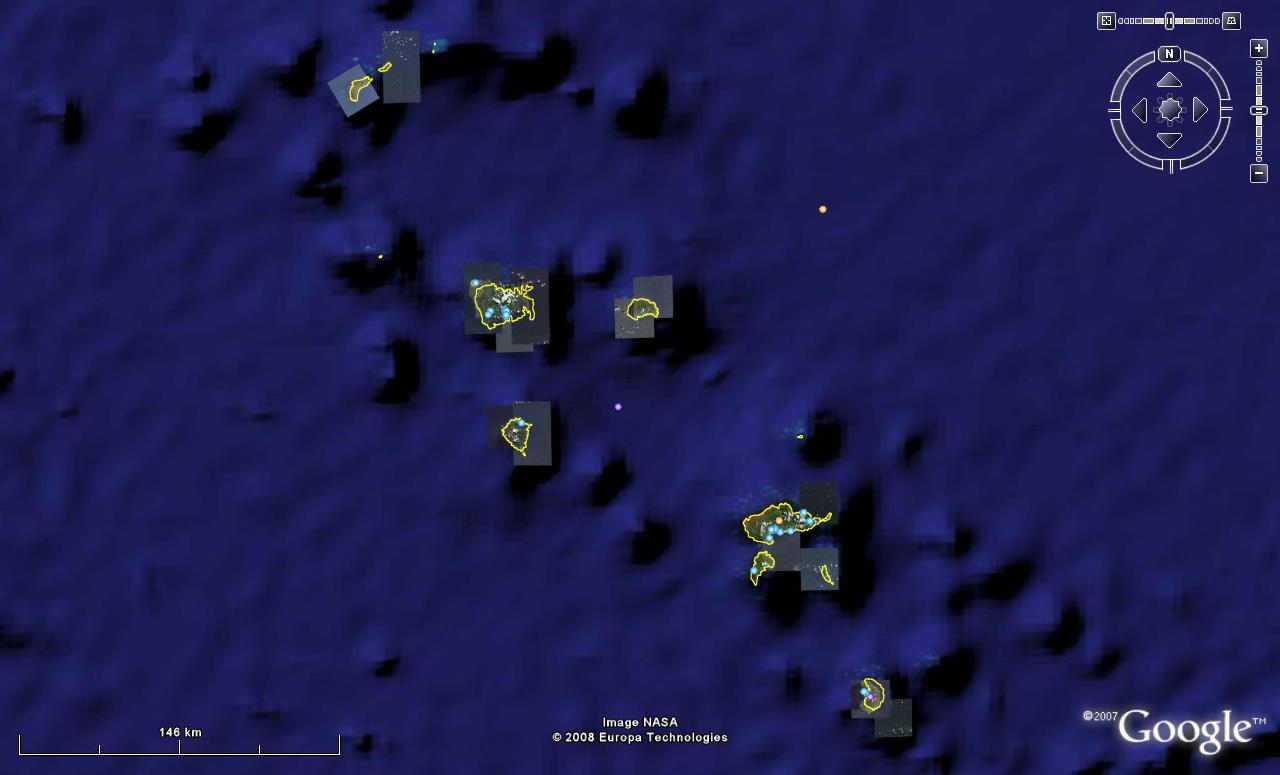 La Polinesia francese e l'arcipelago delle Marchesi ("immagini degradate" tratte da Google heart)
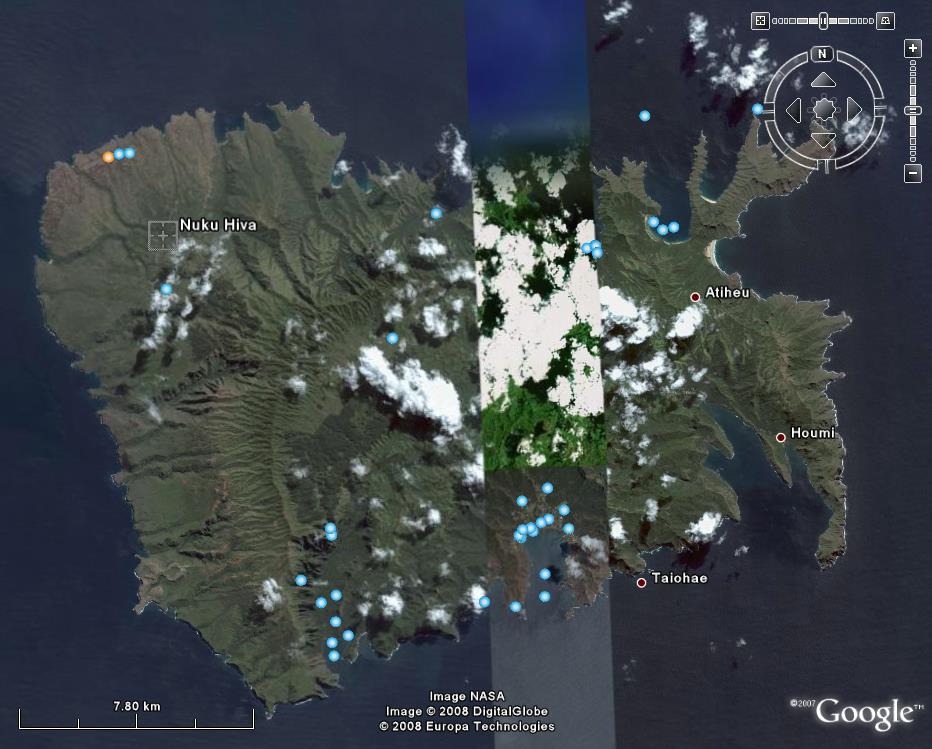 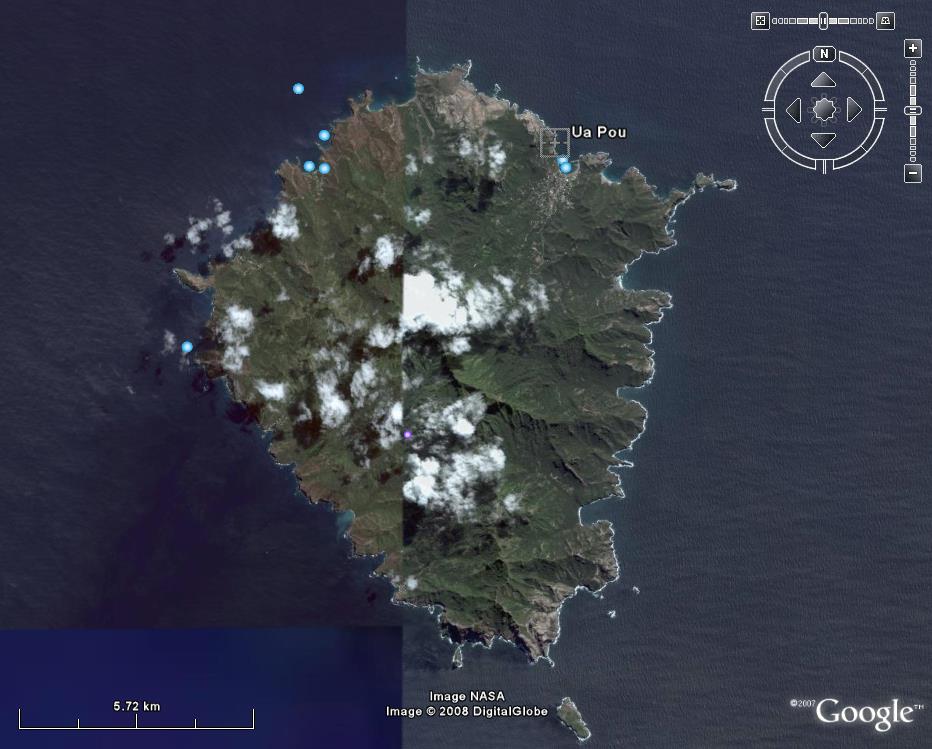 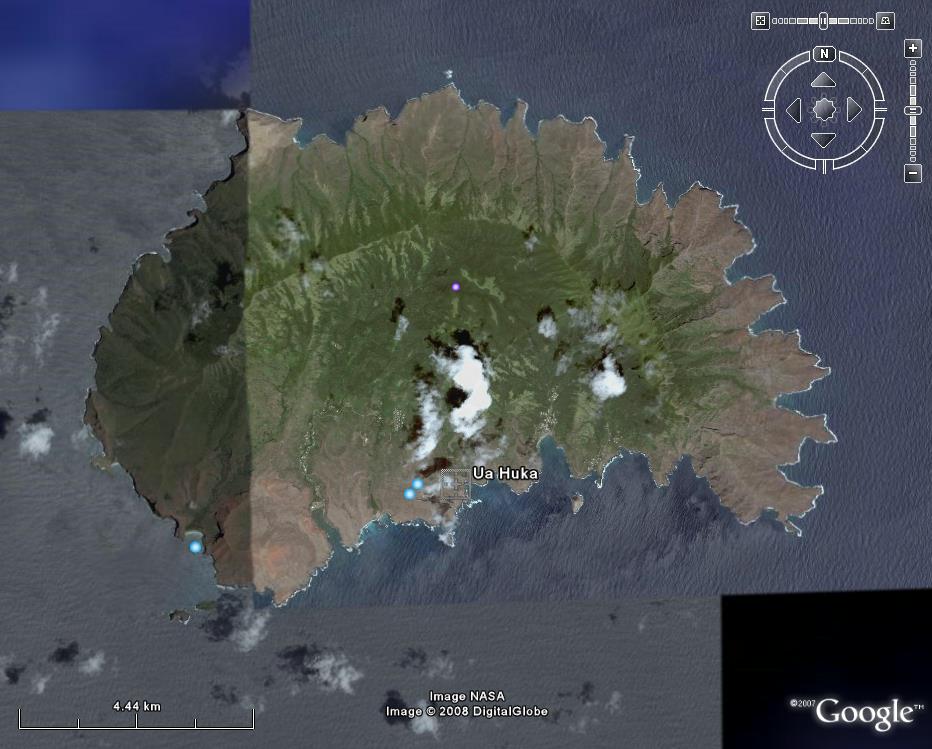 Isole di Nuku Hiva, Ua Pou, e Ua Huka ("immagini degradate" tratte da Google heart) 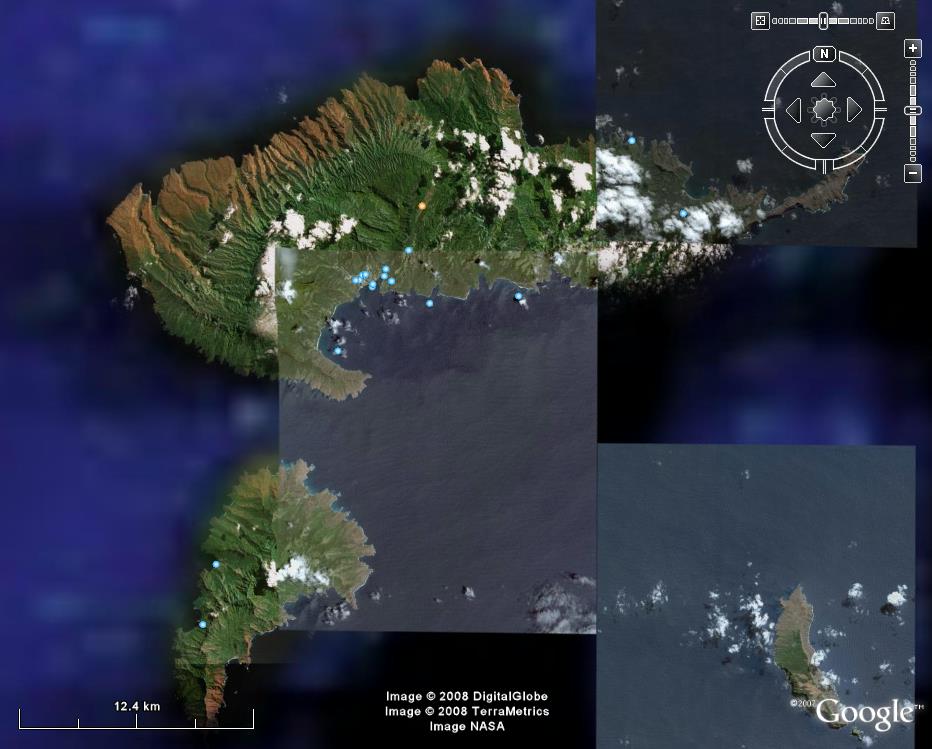 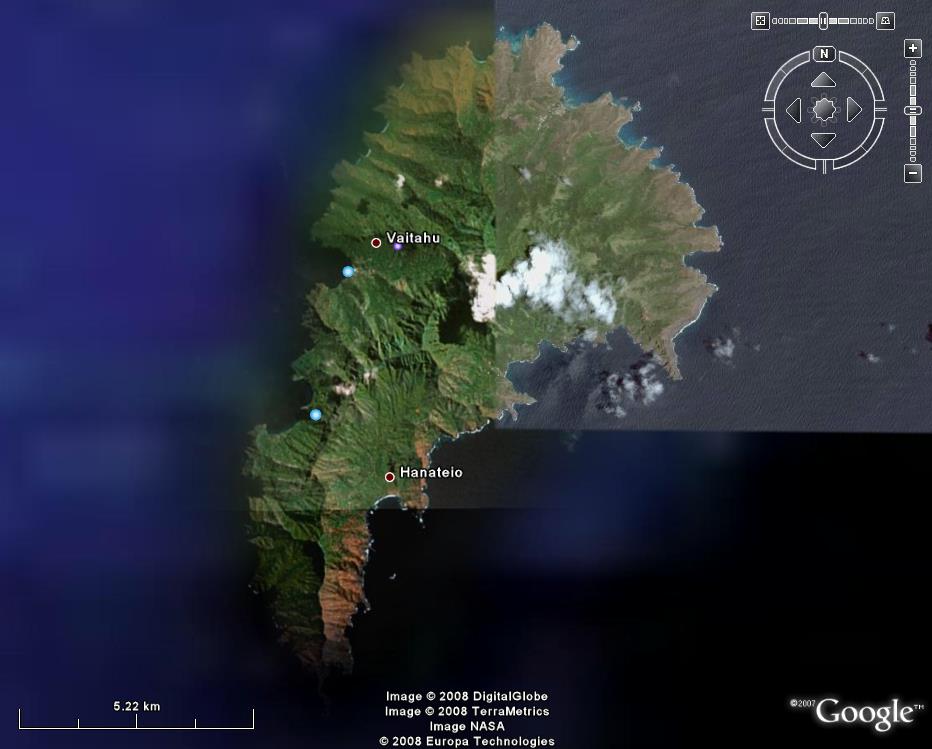  Isole di Hiva Oa, Tatuata e Fatuiva ("immagini degradate" tratte da Google heart)
|
